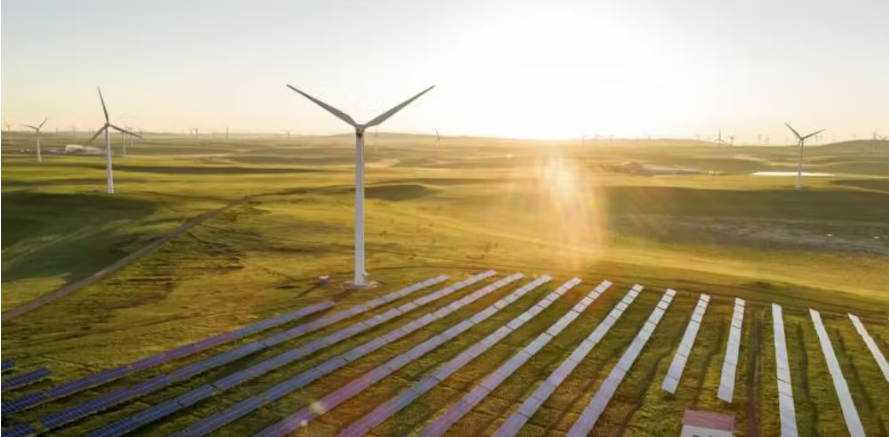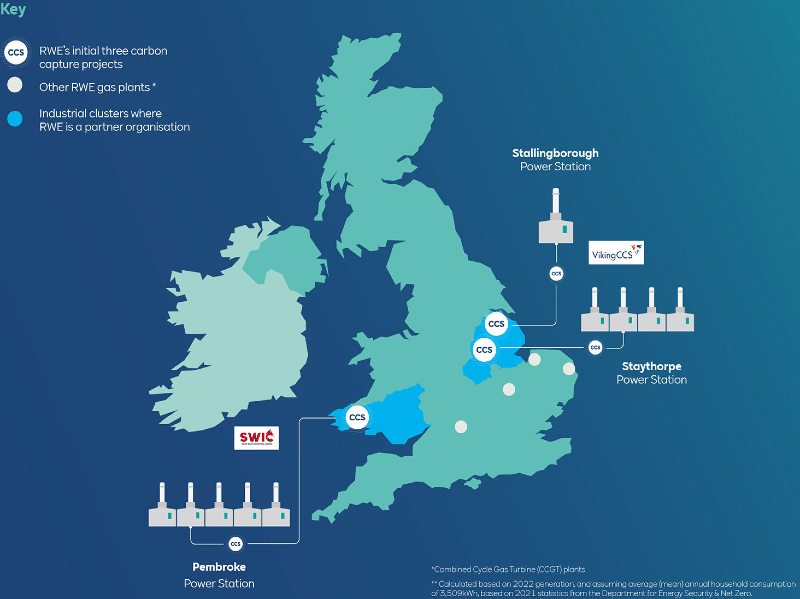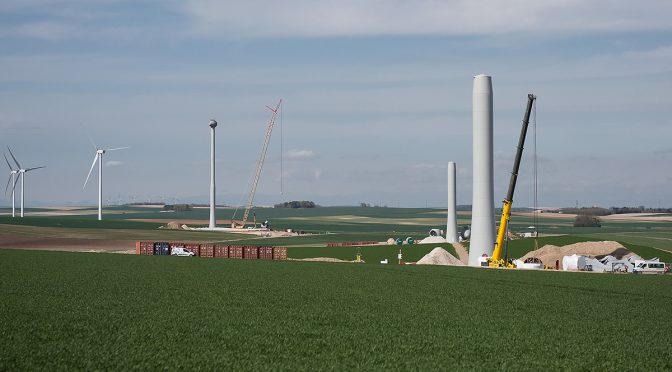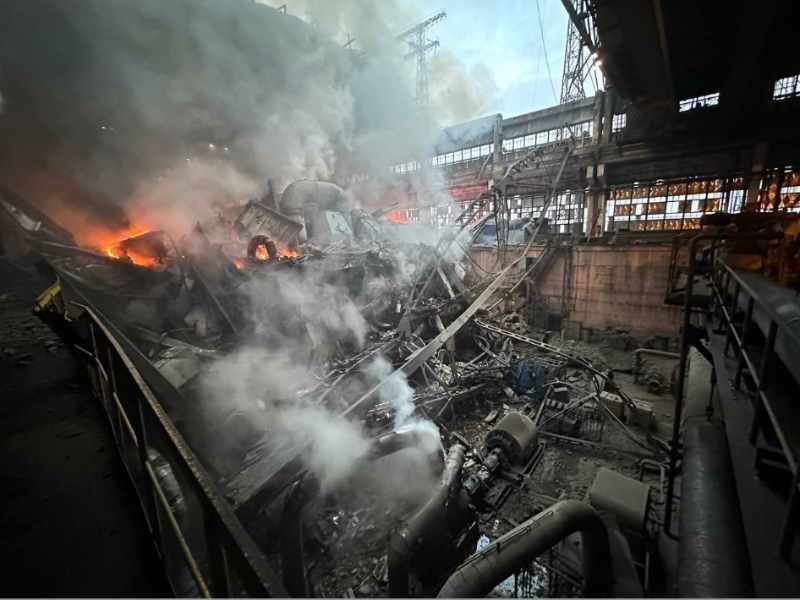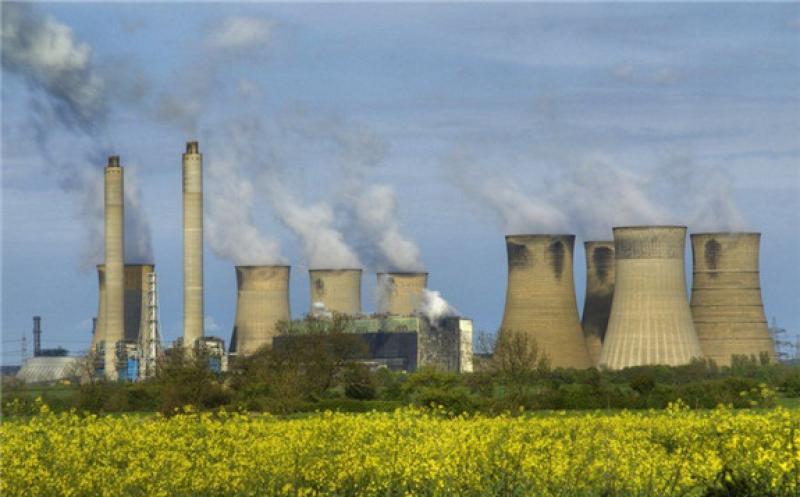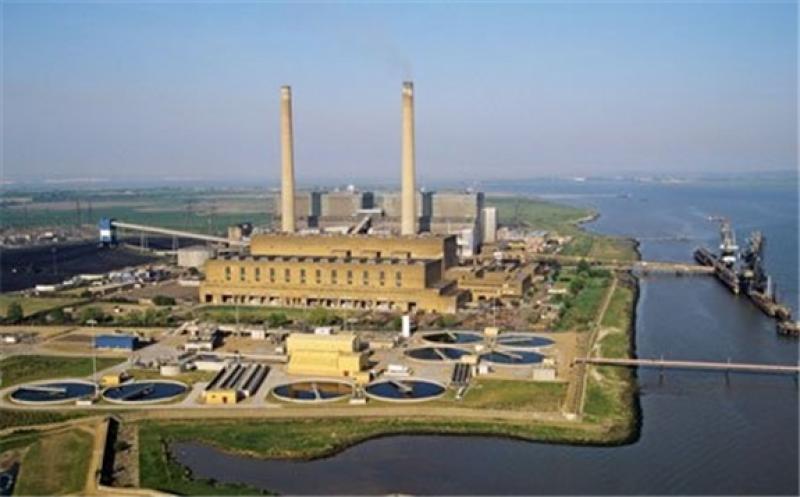Nigeria has previously sought the support of the International Atomic Energy Agency (IAEA) to develop plans for up to 4000 MWe of nuclear capacity by 2025. IAEA support has included two missions to Nigeria in 2015, which found the country's emergency preparedness and response framework to be consistent with IAEA safety standards.
Yesterday's resolutions, which were shared on the Senate's official Twitter account, were reached in response to a motion from Senator Al-Makura Tanko on the need to address power shortages in Nigeria. Tanko's motion noted that the country's electricity requirements are likely to reach 30,000 MWe of generating capacity in 2020 and 78,000 MWe in 2030 to sustain economic growth of 10%.
The Nigerian Nuclear Regulatory Authority (NNRA) provides oversight of all uses of ionising radiation, nuclear materials and radioactive sources. A ten-day IAEA Integrated Regulatory Review Service peer review mission in 2017 described the NNRA as a "committed" regulatory body working for the continuous improvement of nuclear and radiation safety.
According to World Nuclear Association, Nigeria's 2017 electricity generation of 32 TWh was predominantly from fossil fuels (26.7 TWh) with 5.5 TWh from hydropower.
